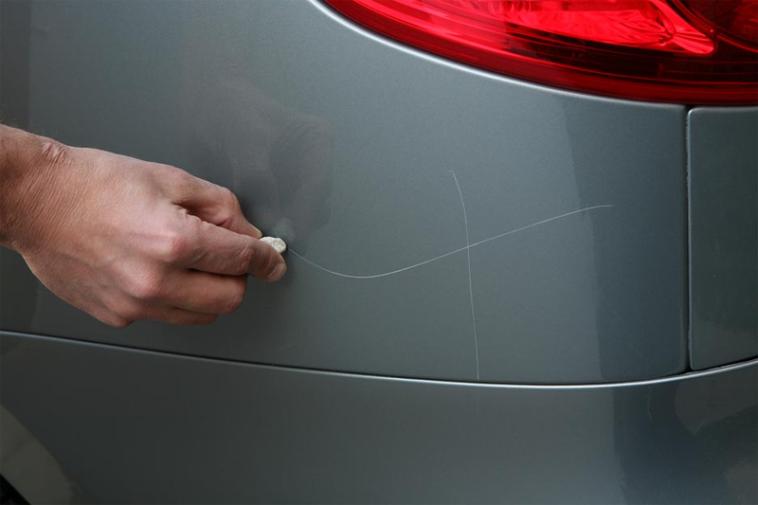Cars tend to scratch up pretty easily in everyday usage. Random tree branches, some cyclists, or your trousers’ zipper can even scratch up your car easily. As much as heart trenching these scratches are, most of them can be removed quite effortlessly.
Car paints usually have 3 main layers above the bare metal.
- A primer layer to adhere the paint well to your car’s panel and protect it from rusting.
- A paint layer for the color and shine.
- A clear coat layer for protecting the paint from any minor scratches and helps it from easily fading away or catching any smudges. This layer is primarily thicker than the below two layers and also adds up shine to the paint.
Wax can also be considered as a 4th layer onto the car’s paint. It protects the paint from dirt and moisture and fills up small pits and imperfections inside the clear coat.
You can fix up minor scratches that have only ruptured your car’s clear coat pretty easily by following the simple steps below
Identifying
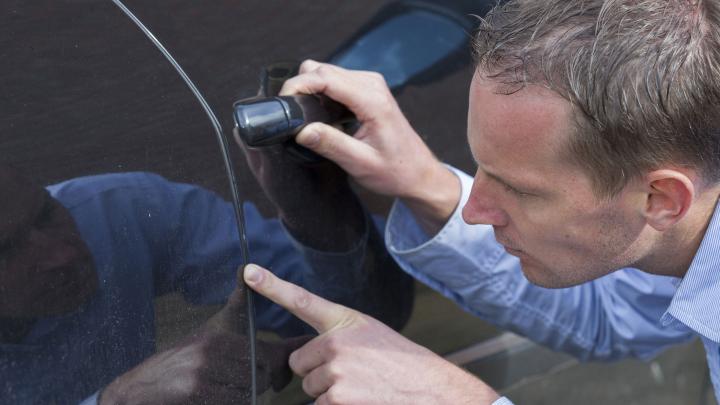
Before fixing up your scratch, you need to verify that the scratch is contained in the clear coat. For this purpose, you’ll need to wipe the scratch with a wet microfiber towel or spray it with water. If the scratch goes invisible when its wet, it is definitely contained in the clear coat only and can be easily fixed up.
Cleaning
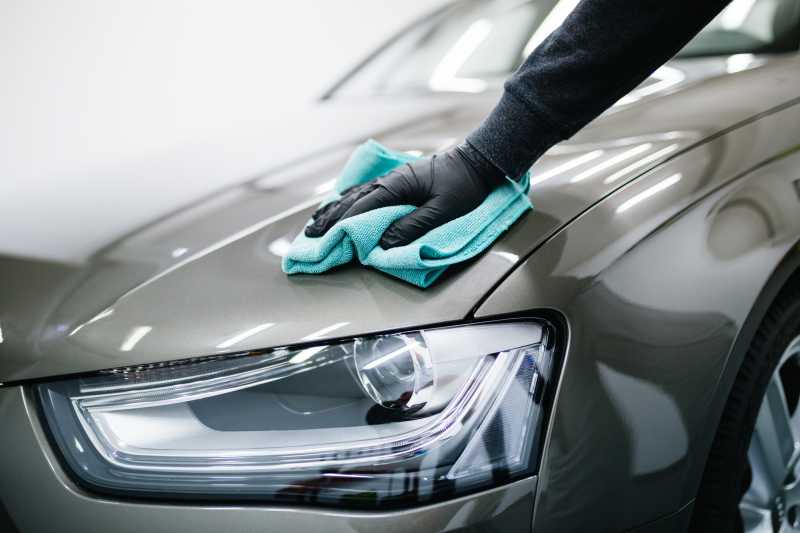
You’ll need to wipe off any dust from the panel containing the scratch to avoid causing any further scratches. If the scratch was caused by another painted surface, it might have left some paint on the surface of the car too. So use a solvent, such as alcohol, to wipe off any foreign paint left on the scratch.
Masking
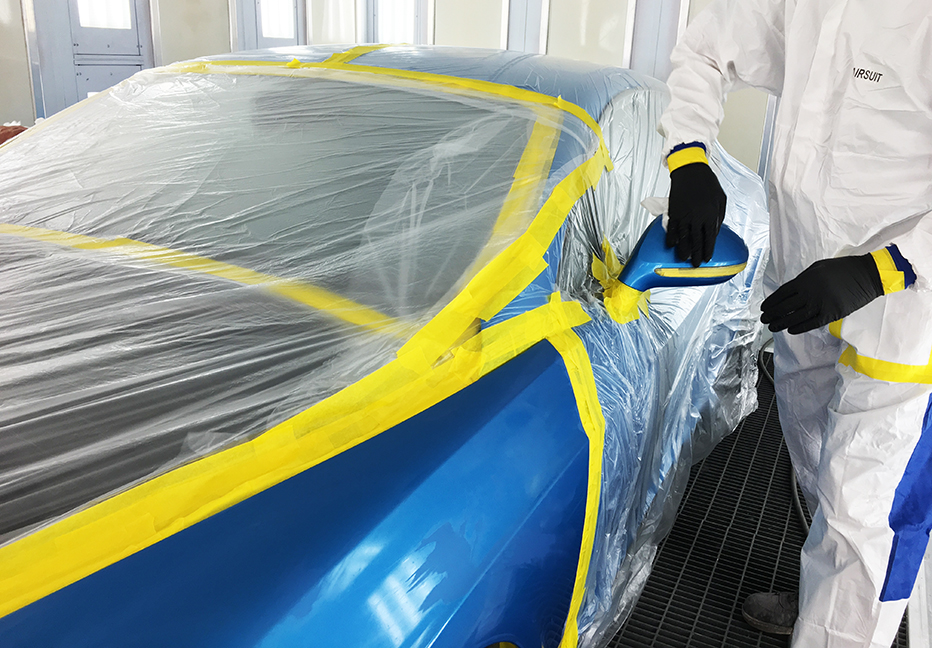
Now you need to mask the area with some masking tape around the scratch to concentrate your working area. As you proceed in the later steps, you will be gradually increasing your work area around the scratch to blend it well with the rest of the paint.
Sanding
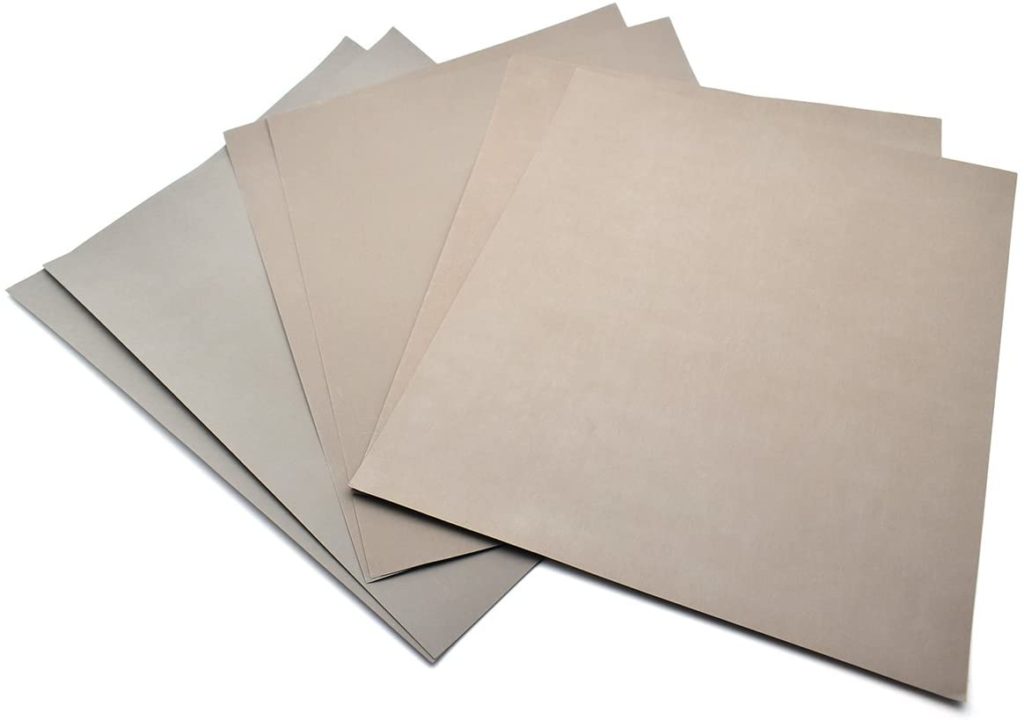
For a scratch confined in the clear coat, you will be needing a 3000-5000 grit sandpapers. If your scratch isn’t that deep, you might start off directly from 5000-grit sandpaper. For effectives sanding, use the sandpaper with a sanding block or a kitchen sponge to apply even pressure. A perpendicular pattern against the scratch would help toning it down quickly, without removing much of the clear coat. You need to wet sand the area with a 3000-grit sandpaper in a perpendicular manner until the scratch is gone when wiped dry. Then you need to continue to 5000-grit sandpaper and also increase your working area all around at least 2-3 inches to blend in your work area with the rest of the paint.
Polishing
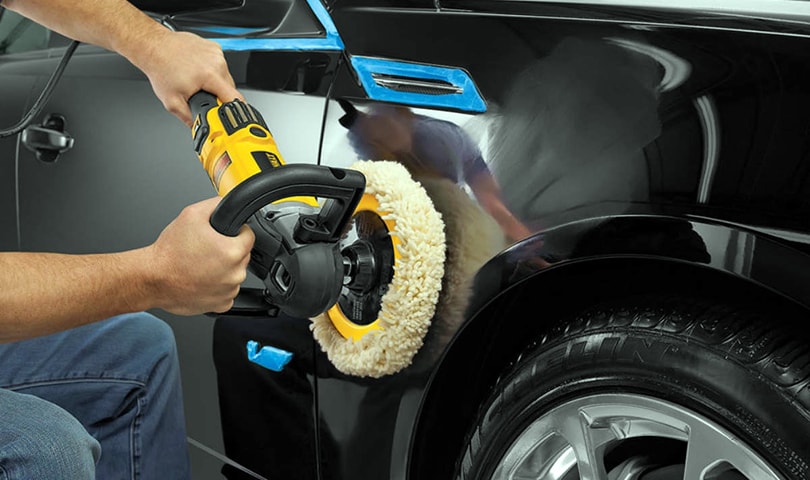
This step will be returning the shine back to your working area. You can perform the polishing with a buffing machine or with simple microfiber cloth yourself. You’ll be again widening up your work area 2-3 inches again in this step. Apply the polish onto your towel and rub it against the work area and surrounding paint with reasonable pressure. One to two steps of polishing will bring back your shine and a final moist wipe will remove the excess haze and polish of the surface.
Waxing
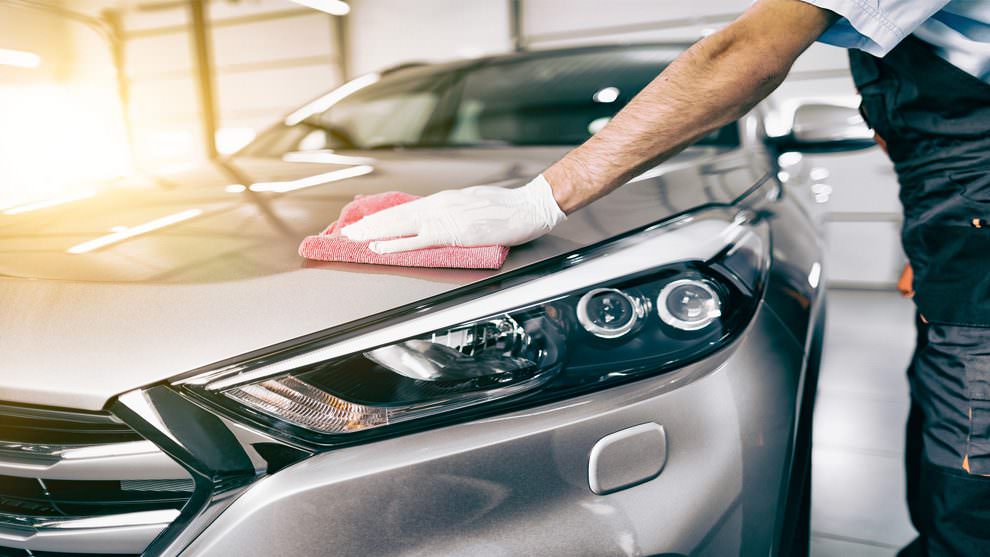
This step is an optional step, but it will protect that new clear coat of your car from getting easily scratched up and also protect the paint. Apply wax onto the car, let it dry for almost 4-5 minutes and wipe it with a microfiber cloth gently.
So with these six simple steps, you can fix up minor scratches on your cars paint up easily.
If you have a scratch, that has ruptured the clear coat as well as the paint coat or the primer as well, there are some other ways to treat these scratches. Such scratches can mostly be treated with some touch up paint and a clear coat above. Or just repainting the partial area and blending it with the rest. Although repainting the whole panel is also considered due to unsatisfactory results of the above two methods.

